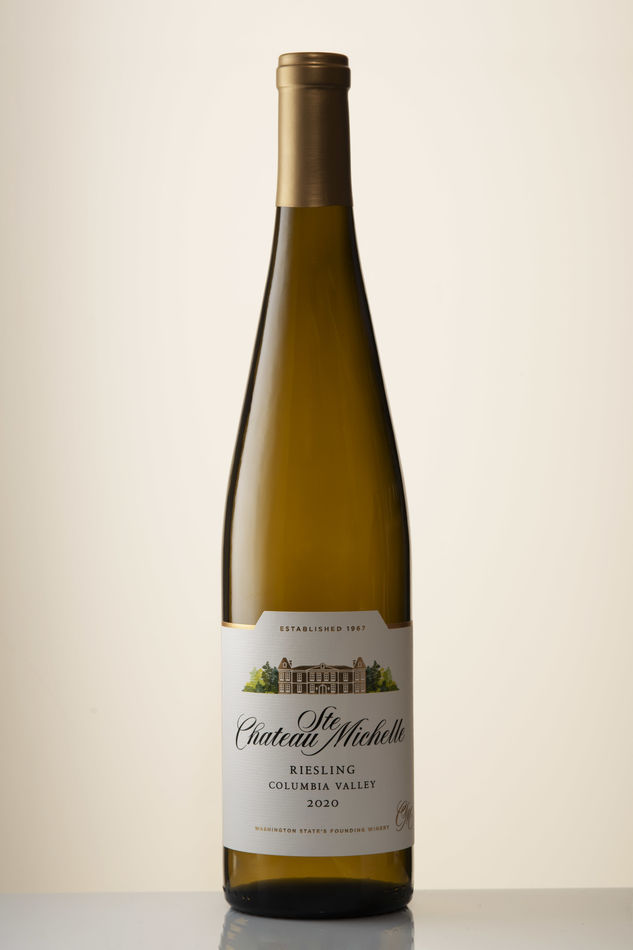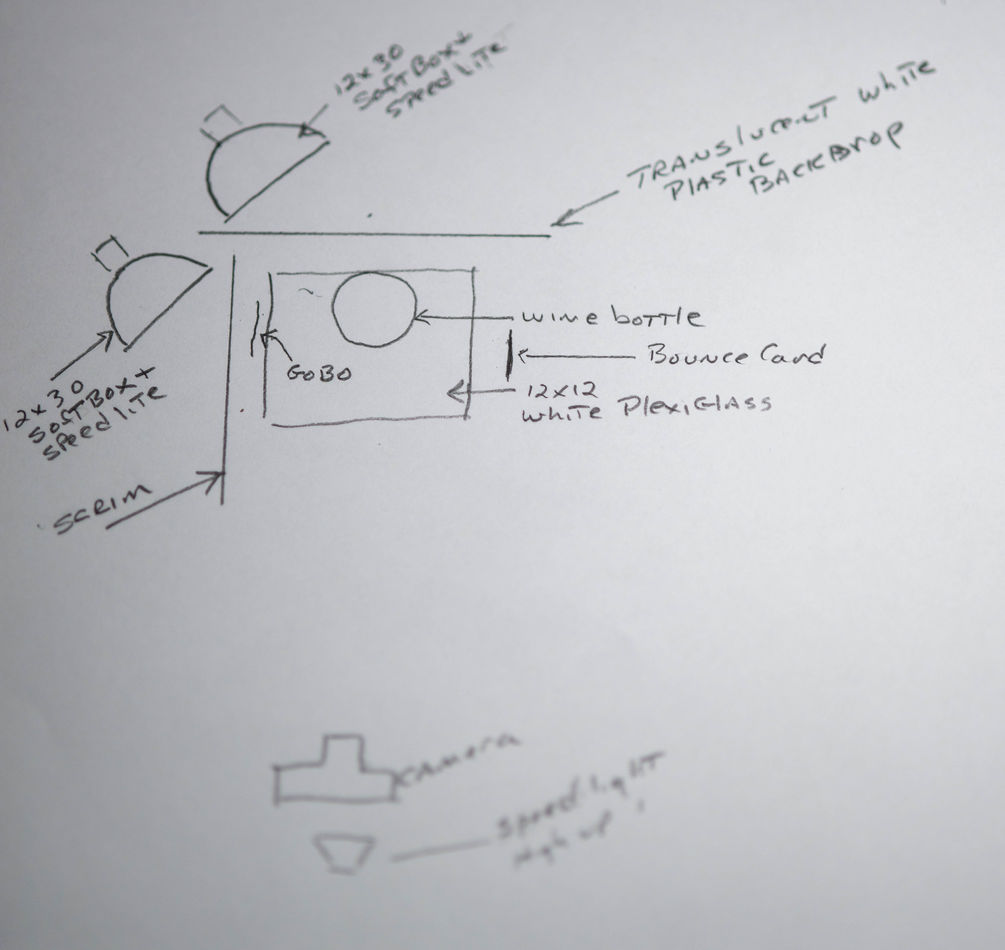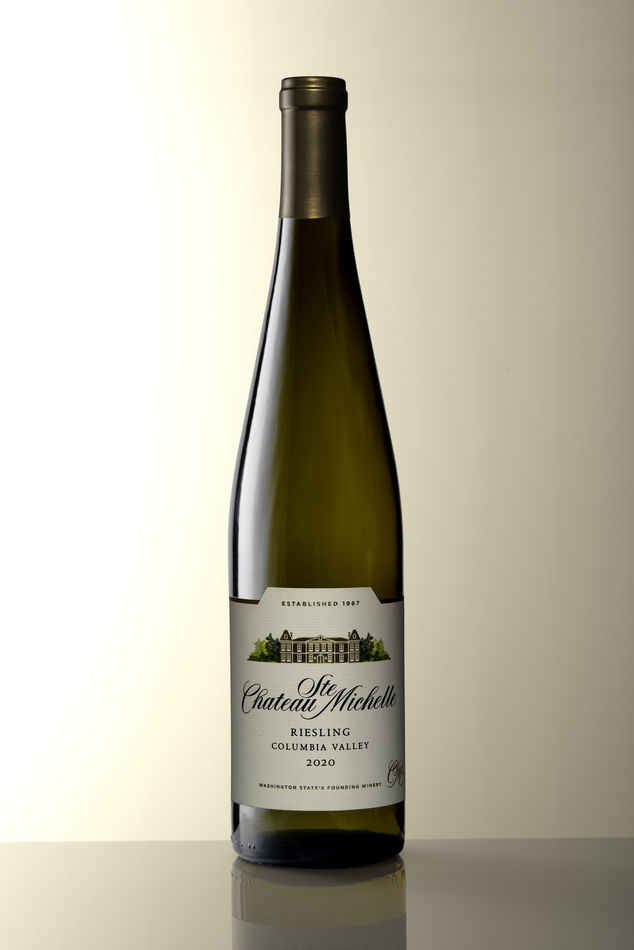Wine bottle using gradient lighting
Mar 8, 2022 22:15:37 #
Steve DeMott
Loc: St. Louis, Missouri (Oakville area)
3 speed lights Godox TT600
The backdrop is a white translucent PVC sheet 24”x51”.
The scrim is a D.I.Y. using window screen framing and white diffusion fabric.
1 9”x35” Softbox w/ speed light for bottle
1 13”x63” Softbox w/speed light for backdrop
1 speed light with small diffuser for label
1 reflector card
1 gobo
Peel off the back label of the wine bottle. This will prevent strange reflections from showing. I used goo-gone & Windex to clean the bottle.
Started out with the backdrop about 6” behind the wine bottle with the softbox at a 45 degree angle. This will create a beautiful gradient on the backdrop and a reverse gradient on the wine bottle. Meaning the softbox on the left the backdrop gradient goes from left to right and the gradient on the bottle will be from right to left. This is due to refraction of the light through the clear wine. Moving the softbox to the right side will produce the opposite effect.
Experiment with moving the light away from the backdrop or one edge touching the backdrop. Move the backdrop and light further away or closer. Try changing the angle or intensity of the light. Each move will produce a different lighting effect.
Place the scrim about 10” from wine bottle with a softbox at a 45 degree angle. This creates the gradient on the bottle. Again experiment with moving the softbox & scrim. Look closely at the gradient just above the label. For the label I placed a speed light behind the camera to light the label straight on. This help evenly light the label & top
I wanted to see if using 1 speed light, Softbox, and background could I replicate wine bottle 1. After creating the backdrop, moved the scrim & softbox around for lighting the bottle, and finally moved the speed light for the labels.
With the help of adjustment layers, layer masks and ACR wine bottle 2 was created.
Thanks for listening.
The backdrop is a white translucent PVC sheet 24”x51”.
The scrim is a D.I.Y. using window screen framing and white diffusion fabric.
1 9”x35” Softbox w/ speed light for bottle
1 13”x63” Softbox w/speed light for backdrop
1 speed light with small diffuser for label
1 reflector card
1 gobo
Peel off the back label of the wine bottle. This will prevent strange reflections from showing. I used goo-gone & Windex to clean the bottle.
Started out with the backdrop about 6” behind the wine bottle with the softbox at a 45 degree angle. This will create a beautiful gradient on the backdrop and a reverse gradient on the wine bottle. Meaning the softbox on the left the backdrop gradient goes from left to right and the gradient on the bottle will be from right to left. This is due to refraction of the light through the clear wine. Moving the softbox to the right side will produce the opposite effect.
Experiment with moving the light away from the backdrop or one edge touching the backdrop. Move the backdrop and light further away or closer. Try changing the angle or intensity of the light. Each move will produce a different lighting effect.
Place the scrim about 10” from wine bottle with a softbox at a 45 degree angle. This creates the gradient on the bottle. Again experiment with moving the softbox & scrim. Look closely at the gradient just above the label. For the label I placed a speed light behind the camera to light the label straight on. This help evenly light the label & top
I wanted to see if using 1 speed light, Softbox, and background could I replicate wine bottle 1. After creating the backdrop, moved the scrim & softbox around for lighting the bottle, and finally moved the speed light for the labels.
With the help of adjustment layers, layer masks and ACR wine bottle 2 was created.
Thanks for listening.
Mar 9, 2022 00:22:00 #
I like the translucency in the first shot. I like the light on the label on the second shot- Product identification is important. Nice highlight on side of the bottle.
Thanks for sharing the diagram as well- that helps illustrate what you did.
Sometimes a small piece of aluminum foil, hidden begin the bottle, can help with transillumination. This trick wor well on low-key shots where the is no backlighting.
Thanks for sharing the diagram as well- that helps illustrate what you did.
Sometimes a small piece of aluminum foil, hidden begin the bottle, can help with transillumination. This trick wor well on low-key shots where the is no backlighting.
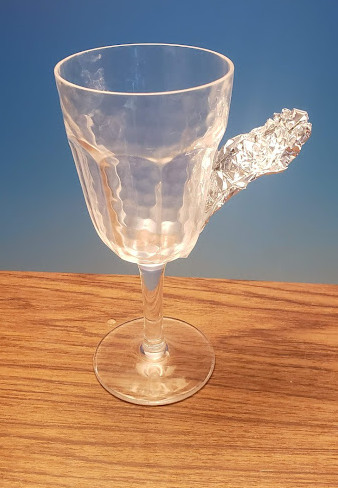
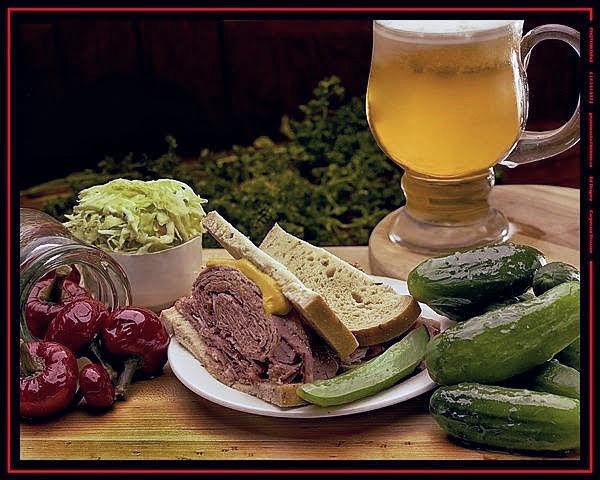
Mar 9, 2022 07:03:05 #
E.L.. Shapiro wrote:
I like the translucency in the first shot. I like the light on the label on the second shot- Product identification is important. Nice highlight on side of the bottle.
Thanks for sharing the diagram as well- that helps illustrate what you did.
Sometimes a small pile of aluminum foil, hidden begin the bottle, can help with transillumination. This trick wor well on low-key shots where the is no backlighting.
Thanks for sharing the diagram as well- that helps illustrate what you did.
Sometimes a small pile of aluminum foil, hidden begin the bottle, can help with transillumination. This trick wor well on low-key shots where the is no backlighting.
That is a terrific photo!
Mar 9, 2022 08:41:29 #
E.L.. Shapiro wrote:
I like the translucency in the first shot. I like the light on the label on the second shot- Product identification is important. Nice highlight on side of the bottle.
Thanks for sharing the diagram as well- that helps illustrate what you did.
Sometimes a small pile of aluminum foil, hidden begin the bottle, can help with transillumination. This trick wor well on low-key shots where the is no backlighting.
Thanks for sharing the diagram as well- that helps illustrate what you did.
Sometimes a small pile of aluminum foil, hidden begin the bottle, can help with transillumination. This trick wor well on low-key shots where the is no backlighting.
This might be heresy but how about using Photoshop to switch out bottles?
Mar 9, 2022 11:10:29 #
Steve DeMott
Loc: St. Louis, Missouri (Oakville area)
E.L.. Shapiro wrote:
I like the translucency in the first shot. I like the light on the label on the second shot- Product identification is important. Nice highlight on side of the bottle.
Thanks for sharing the diagram as well- that helps illustrate what you did.
Sometimes a small pile of aluminum foil, hidden begin the bottle, can help with transillumination. This trick wor well on low-key shots where the is no backlighting.
Thanks for sharing the diagram as well- that helps illustrate what you did.
Sometimes a small pile of aluminum foil, hidden begin the bottle, can help with transillumination. This trick wor well on low-key shots where the is no backlighting.
Thanks Ed. It’s amazing how moving lights or scrims inches will affect the dynamics of the shot.
Since the 2nd wine bottle was a composite, you really have to pay attention to the lighting and shadows of each individual piece. Light for the label was shot straight on and very high to keep the reflection (angle of incidence) off the bottle. This helped evenly distribute the light for the labels but created other issues. Lighting on the left side of the cap had to be added which I forgot to do for the label.
Over all this was a fun learning project. Next will be red wine bottle on white and switching out backdrop to black for both.
Mar 9, 2022 13:49:45 #
Steve DeMott wrote:
Thanks Ed. It’s amazing how moving lights or scrim... (show quote)
I am not anti-post-processing by any stretch of the imagination. In fact, at my studio, I have a full-time guy that does most of the editing and IT work. My full-time portrait retoucher just retired and we now do that with various software. I am not a dyed-in-the-wool SOTC guy either but being an old commercial photograher with a gray beard, who used to do everything on colour transparency film, I kinda like to do as much as I can while shooting. That's why I emphasize lighting.
Nowadays, however, we do switch up backgrounds- the clients don't wanna pay my airfare to and accommodation at exotic locations so if they want Eiffel Tower, The Leaning Towe of Pizza or The Pyramids in the background we gotta do photo-montage, etc. It is fun and a challenge to try to match up the lighting direction, colour and qualy so it looks real. Anyway, I'm sure the Préfecture de Police in Paris would take a dim view of my setting up a tabletop set on the Champs-Élysées and I may end up shooting in the local Bastille. They would also make fun of my very poor Canadian French!

Mar 9, 2022 21:28:30 #
Steve DeMott
Loc: St. Louis, Missouri (Oakville area)
E.L.. Shapiro wrote:
They would also make fun of my very poor Canadian French!
They would also make fun of my very poor Canadian French!

Does the final end meet the clients expectations? Laissez les bons temps rouler.
Mar 9, 2022 21:55:31 #
Steve DeMott wrote:
Does the final end meet the client's expectations? Laissez les bons temps rouler.
Yup! Let the good times roll!

Mar 10, 2022 08:01:41 #
E.L.. Shapiro wrote:
I like the translucency in the first shot. I like the light on the label on the second shot- Product identification is important. Nice highlight on side of the bottle.
Thanks for sharing the diagram as well- that helps illustrate what you did.
Sometimes a small piece of aluminum foil, hidden begin the bottle, can help with transillumination. This trick wor well on low-key shots where the is no backlighting.
Thanks for sharing the diagram as well- that helps illustrate what you did.
Sometimes a small piece of aluminum foil, hidden begin the bottle, can help with transillumination. This trick wor well on low-key shots where the is no backlighting.
E.L. Would you please show your lighting diagram for the food still lfe in the bottom photo. Thanks.
Mar 10, 2022 10:45:18 #
Bluefish wrote:
E.L. Would you please show your lighting diagram for the food still lfe in the bottom photo. Thanks.
Absolutely!

The living of quite simple. The primary lights our was an electronic flash. I use Speedotron in the studio, but a baby brand can be used. The lamp head was placed in a 60-inch softbox, the reflector removed so the bare flash tube was the center of the inside of the softbox, In that bare-bulb mode, the light was able to bounce off the back and the side of the softbox interior, which is a "silver" material. The form of the softbox is a scrim made of frosted plastic. Rosco White Tough Frost #116. A smaller softbox (around 30") can be used and a cloth scrim will also work.
The enter unit as described is suspended over the set and slightly behind the main subject. It is tilted slightly upward (feathered) so that someof the light strikes the reflector at the front of the set. In this shot, a piece of foil was used, hidden behind a beer mug to transilluminate the contents. This light proved a very good rendition of texture in the product.
This was basically a 1-light job. The reflectors provided fill. The reflect ere made of crushed and re-expanded aluminum foil stretched over sheets of Foam-Cor board. Plus not, as per the diagram, the softbox unit needs to be feathered so some of the light strikes the reflectors. The reflect are manipulated so they redirect the light onto the main subject.
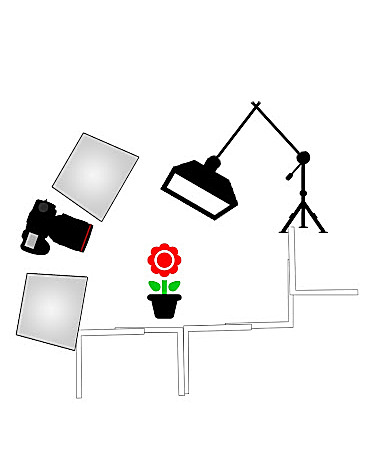
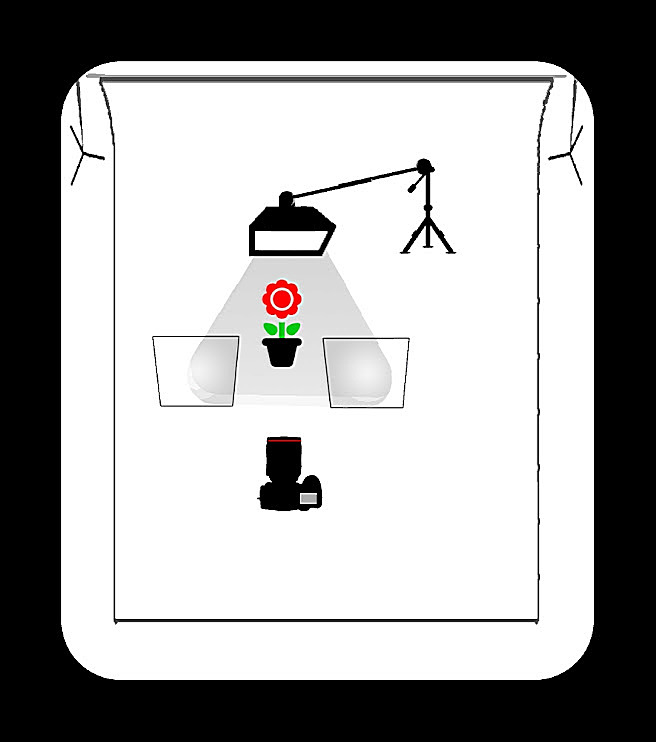
Mar 10, 2022 20:07:30 #
Mar 11, 2022 14:58:40 #
photo377
Loc: Hudson Valley NY
E.L.. Shapiro wrote:
I like the translucency in the first shot. I like the light on the label on the second shot- Product identification is important. Nice highlight on side of the bottle.
Thanks for sharing the diagram as well- that helps illustrate what you did.
Sometimes a small piece of aluminum foil, hidden begin the bottle, can help with transillumination. This trick wor well on low-key shots where the is no backlighting.
Thanks for sharing the diagram as well- that helps illustrate what you did.
Sometimes a small piece of aluminum foil, hidden begin the bottle, can help with transillumination. This trick wor well on low-key shots where the is no backlighting.
What did you do to the pickles to give them that uniform shine?
Mar 11, 2022 16:25:52 #
photo377 wrote:
What did you do to the pickles to give them that uniform shine?
These were actually half-sour pickles. That particular Deli makes them and they are kept in barrels with the brine. If you take the out shortly before shootg retain that look. Some foods can be surface enhanced with vario oils but it would not look good on pickles. Brine is made of vinegar, salt and spices and oils and glazes would not sit well on an acetic surface.
In the barrels, the strongest sour picked are the bottom l- that have been in the longest, the intermediate ones are in the middle and the half-spurs are near the top rim. By the way, those pickles taste incredibly good and crunchy. No chemicals, or preservatives that most folks can pronounce.
The smoked brisket of beef (Canadian kinda pastrami) is also brined and smoked on the promises and not prepackaged fr m a commercial source. The commercial stuff is injected with artificial smoke flavour, this is the real stuff.
Good chefs and food stylists try not to overdo the "food cosmetics". Mann natural foodstuffs look their best if simply prepared properly. We do undercook poultry so it won't wrinkle and coat it with Boveral to brown it. We steam vegetables to retain their green colour and put marbles in soup to for the ingredient to the top so it does not look watery. We dip ice cream scoop into a dry ice solution so they won't med under the lights.
We do have a sign posted in the studio that warns new assistants "NOT TO EAT THE FOOD". When the new guys ask why they can't eat the stuff after the shoot, we mention that if they eat the ice cream they will end up looking like Lon Chaney in "The Fantom of the Opera" and as for the understood chicken or turkey, we just make a joke- Knock-knock, who's there- SAM!, "sam WHO. SAM snd ELLA

Jul 28, 2022 16:25:08 #
tcthome
Loc: NJ
E.L.. Shapiro wrote:
I like the translucency in the first shot. I like the light on the label on the second shot- Product identification is important. Nice highlight on side of the bottle.
Thanks for sharing the diagram as well- that helps illustrate what you did.
Sometimes a small piece of aluminum foil, hidden begin the bottle, can help with transillumination. This trick wor well on low-key shots where the is no backlighting.
Thanks for sharing the diagram as well- that helps illustrate what you did.
Sometimes a small piece of aluminum foil, hidden begin the bottle, can help with transillumination. This trick wor well on low-key shots where the is no backlighting.



Jul 28, 2022 16:27:01 #
tcthome
Loc: NJ
Looks good to me. WQhat is the difference between a scrim & the white backdrop. Cloth/plastic? Does that make them a different tool or use?
If you want to reply, then register here. Registration is free and your account is created instantly, so you can post right away.
